Real Estate Photography - The Ultimate Guide [2023]
Prospective home buyers often get their first impression of a property in its listing photos. Thus, the quality of your real estate photography can be a significant success factor when selling or renting a property.
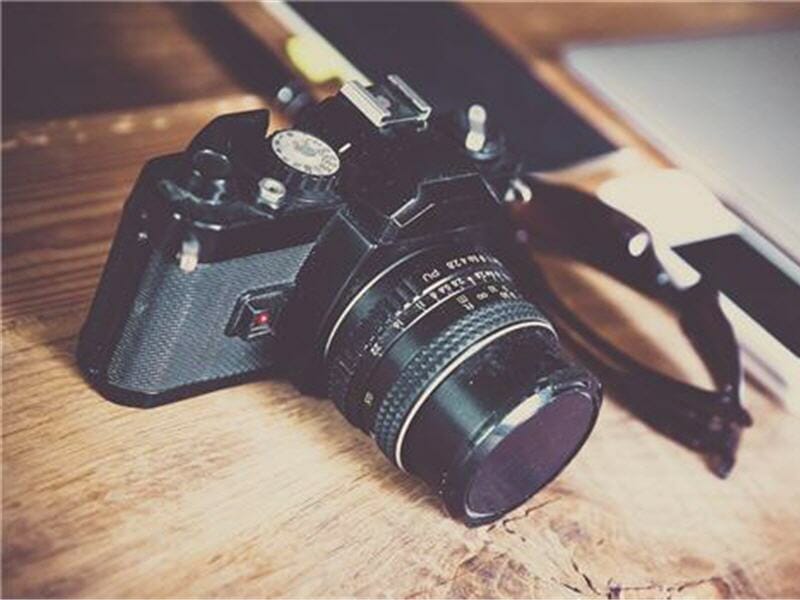
You don’t get a second chance to make a first impression, that is why real estate photography is a must. For many sellers, this means hiring a professional photographer. However, with some interest and know-how, you may be able to take the photos yourself! This guide tells you how.
- Choose the right gear
- Set the scene – preparation for the photo shoot
- Take your time
- Pay attention to the light
- Consider staging people in some photos
- The final step – editing
1. Choose the Right Gear
To produce high-quality pictures, you need quality camera gear. It’s crucial to use a standalone camera instead of a smartphone for real estate photography. Even if your iPhone has a powerful camera and can produce lovely images, they likely won’t be of professional quality.
We recommend using a DSLR Camera, which has a manual mode, so you can adjust several settings, as described below.
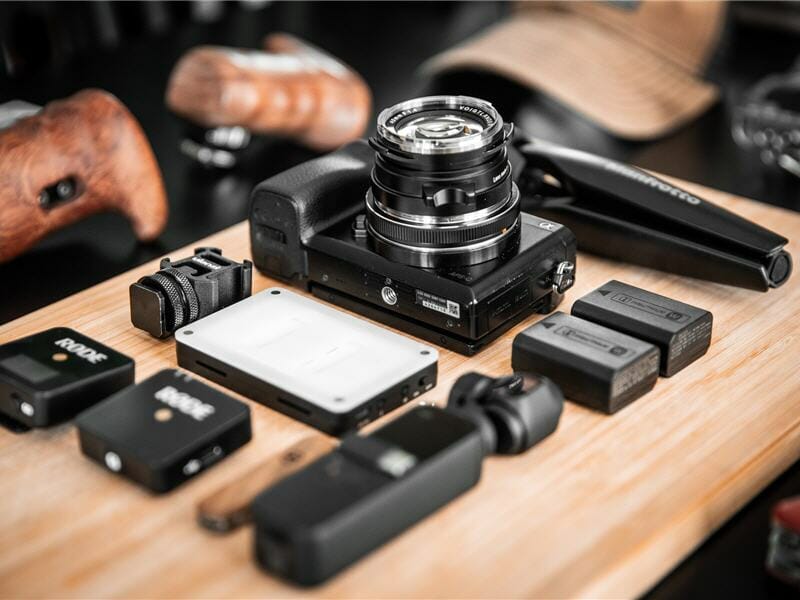
Understand your camera
First, it’s essential to understand how your camera’s exposure works. Exposure, essentially means how good a picture you will get, is affected by three things, the aperture (or size of the opening for the lens), shutter speed (length of time for the opening), and ISO (sensitivity to light).
Want to read up on exposure and how the above items affect it? We recommend The Exposure Triangle: Making Sense of Aperture, Shutter Speed, and ISO.
A suggested aperture for indoor real estate photography is f/8 – so the whole room is in focus. Of course, if you want to highlight a particular feature in a room, it’s better to use an aperture like f/2, which will blur the shot’s background and focus on the object’s detail.
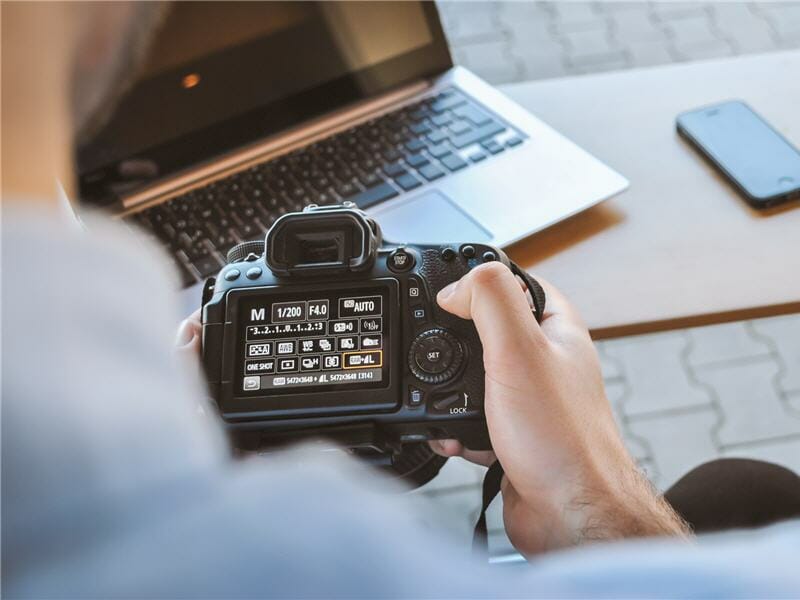
The shutter speed depends on the lighting conditions – we recommend a shutter speed at about 1/60th. When shooting with a slower shutter speed, we highly recommend using a tripod to ensure your image looks sharp and crisp.
A tripod allows you to make sure your camera is immobile and pointed on a horizontal plane to get nice straight vertical lines. You will also be more likely to take a second look and consider each shot and its proper composition when setting up the tripod and evaluating the angle.
For ISO try to stay as low as possible – like 100 – since a higher iso value does increase the chance of noise or grain in your photos. If the lighting conditions force you to increase the ISO, you may go up and find a sweet spot where the lighting is fine and image noise is low.
Choose the right lens
To photograph an entire room, select a wide-angle lens. Even so, you may not be able to fit a large space into a single image. In that case, compose shots that emphasize the room’s best elements, such as how natural light falls into the room, how spacious it is, or an unusual feature that might catch the viewers’ eye.
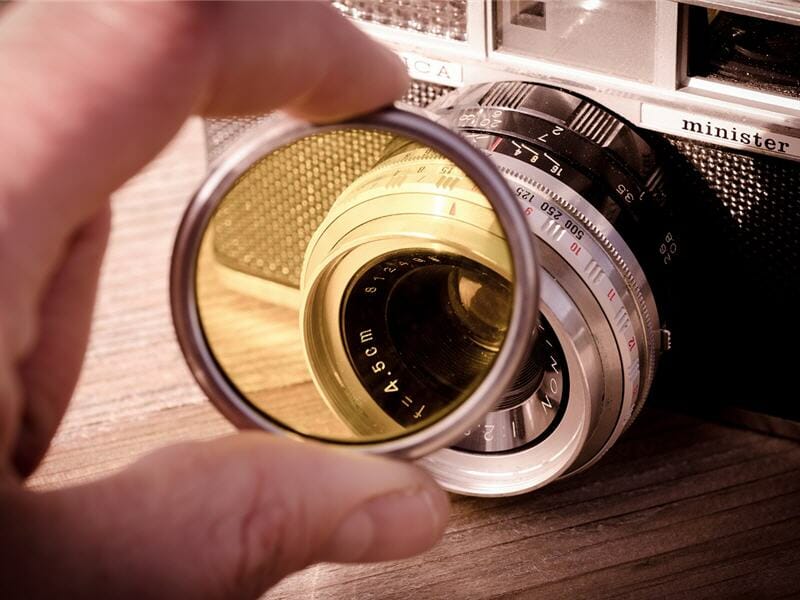
When choosing a wide-angle lens, two factors should be taken into account: focal length and aperture. We recommend a 16-35mm range and an f/8 aperture when shooting indoor pictures.
This particular range offers an excellent overview of the interior space and gives you the freedom to create different view angles, making a room look even more spacious.
Top RoomSketcher Tip
If you only need to take photos one particular day, it might be more cost-effective to borrow or rent a lens rather than buying one.
2. Set the Scene – Preparation for the Photo Shoot
You have some preparation to do before you take that first picture! Start with cleaning and tidying up the room. You may have to move or remove furniture to make the room appear more spacious.
It’s also a good idea to remove personal decorative items or knickknacks that will clutter the picture. If you want to learn more about setting up your home for a photo shoot, check out these best home staging tips.
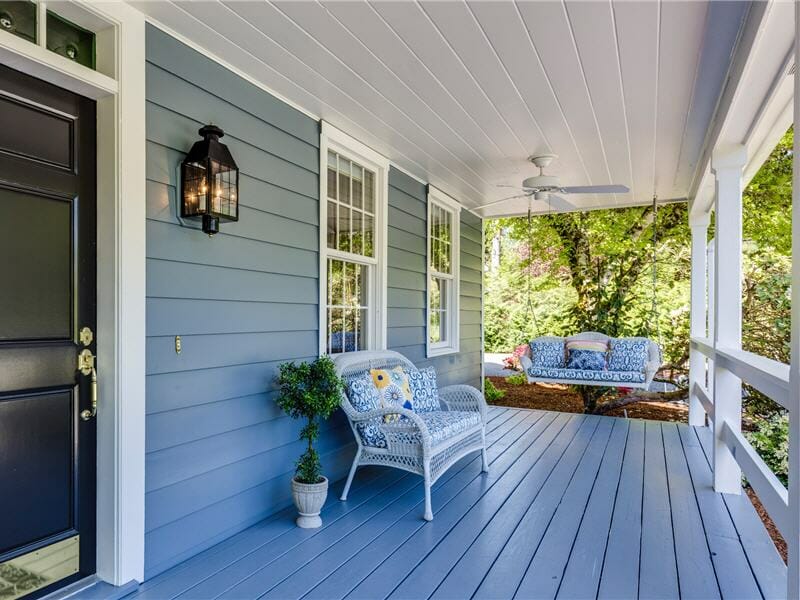
Ensure the camera lenses are clean and that you are not accidentally in the picture, reflected in a mirror or window!
Because most people are looking for large, spacious rooms, it’s best to shoot from hip height, since it makes a space appear larger. Of course, this rule does not apply to taking detailed images focusing on a highlight.
3. Take Your Time
To capture the best shot of each room, take your time and think about the most attractive view of the room and what you want to show. There are usually details you want to emphasize and areas you may wish to minimize or hide.
Walk around the room and be aware of the shots you want to take and the effect you want to create with each image.
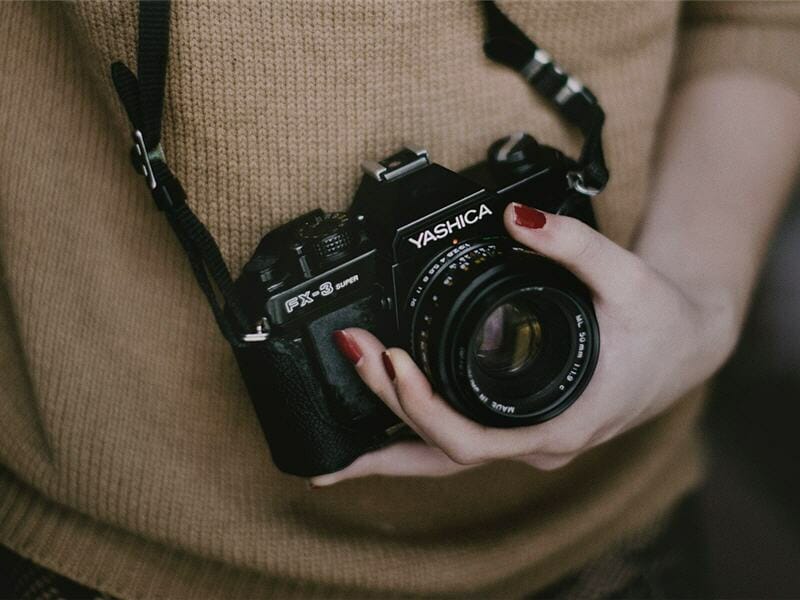
4. Pay Attention to the Light
One of the most critical factors for good real estate photos is lighting. Without the proper light, even the most beautiful shot can look dull and lifeless. Ideally, take your pictures during the day and in sunny weather. Open all curtains and check the natural light. Just make sure that the blazing sun doesn’t shine into the room, as your pictures can then be overexposed.
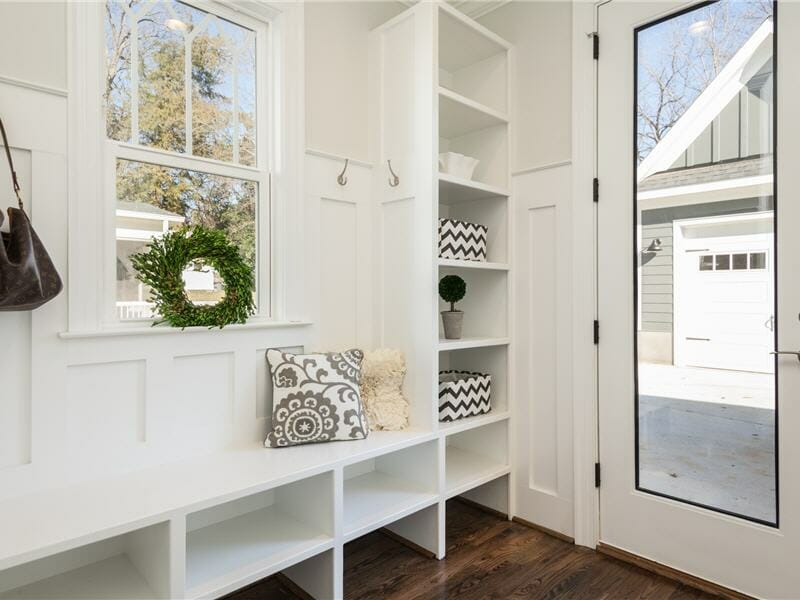
If the daylight isn’t enough, turn on all the lights. We recommend against using the camera’s flash since it can cause overexposure and harsh shadows. Instead, try to work with the available natural light and use your camera’s exposure settings to compensate for poor lighting conditions.
You might have to go for a long exposure image – at a slow shutter speed. If so, be sure to use that tripod, as mentioned above!
5. Consider Staging People in Some Photos
Photos can become more meaningful when people are staged in the picture, looking out of windows, leaning against the frame of an open front door, or even kids playing in the yard.
Real estate photos that include people can have a positive identification effect on the viewer. Consider whether incorporating adults or children in your images will help sell your property.
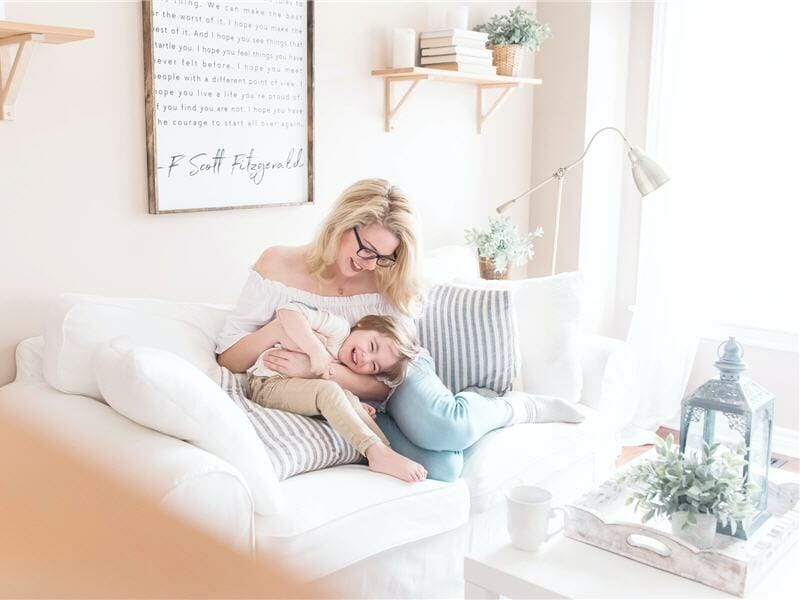
6. The Final Step – Editing
Many easy-to-use software apps allow you to edit your images like a professional. If you are new to editing, check out this fabulous tutorial about real estate photography editing techniques. It is absolutely worth the time to learn the basics of editing because, with only a little effort, you can vastly improve your images.
Need Floor Plans for Your Real Estate Listing?
In a nutshell, real estate photography can seem like an overwhelming task. However, with the right gear, some practice, and a basic understanding of photographic elements like lighting, camera settings, and editing, you too can produce excellent images!
With RoomSketcher you can order high-quality 2D and 3D Floor Plans and get them delivered the next business day.
Don't forget to share this post!
Recommended Reads

How to Prepare the Home for Real Estate Photography
Are you listing a property for sale? Get our complete checklist on how to prepare your home for the real estate photography shoot.
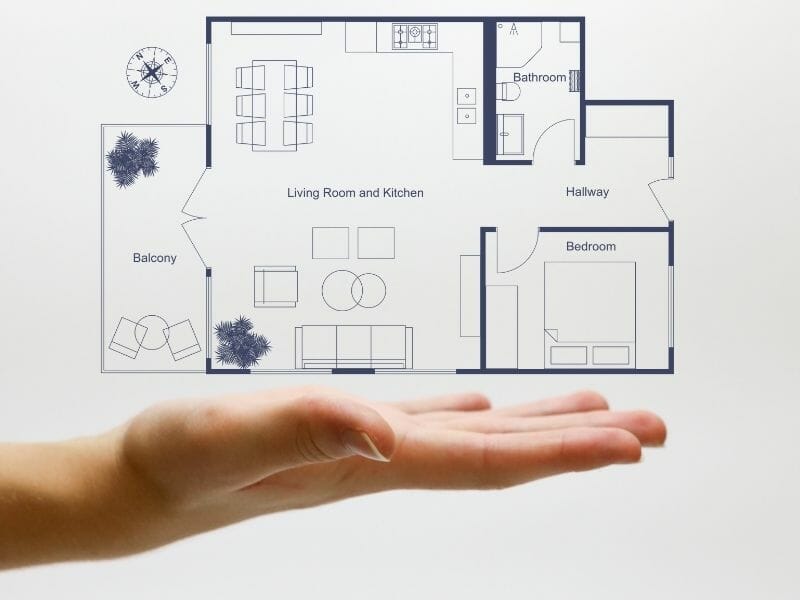
5 Reasons Floor Plans Are Important for Home Sales
Have you ever wondered if you should include floor plans in your property listing? We give you the reasons why floor plans are important when selling your home.

3D Floor Plans & Property Photography - a Winning Combination!
Check out why Property Photographers should add 3D Floor Plans from RoomSketcher to their portfolio - earn extra revenue and add more value to your Real Estate clients.
